Film Analysis & Review
Listen is deceptively simple in its set up but dense in its implications. Almost the entire film takes place in a single interrogation room. We first watch the mother plead, the translator interpret, and the officers respond. Then the scene rewinds, and we see it again from a different vantage point: the translator’s, the officer’s, or the mother’s. Each pass reveals omissions, additions, silences, and distortions that change what we thought we understood.
The spatial constraint of the interrogation room becomes a pressure chamber. The camera stays close yet unobtrusive, letting expressions, breathing, and glances carry emotional weight. The woman’s face is often obscured by her burqa, or we see her in shadow, which forces us to listen to her rather than read her face. Small details — a tremor in her hand, the child tugging on her sleeve, the hesitations in translation — become moments of rupture in the surface calm.
Sound is a battleground. The translator’s voice often occupies center stage, even when silence is more forceful. We hear fragments of what was said, and we sense what was lost. As one reviewer put it, the film becomes a portrait of miscommunication, not as accident but as violence.
Each replay shifts our moral center. What once seemed a direct plea becomes filtered through bias, mistranslation, cultural assumptions. At times the translator seems to protect the woman; at others she seems to betray her agency. The officers shift from procedural to impatient to complicit. The power dynamics pivot. This is more than a domestic abuse story. It is an interrogation of listening itself.
The ending offers no clean resolution. We leave the room with ambiguity. Do we trust the official record? Do we believe the mother? Do we believe in language at all? That open ending lingers. It forces us to engage, to question what it means to be heard — and misheard.
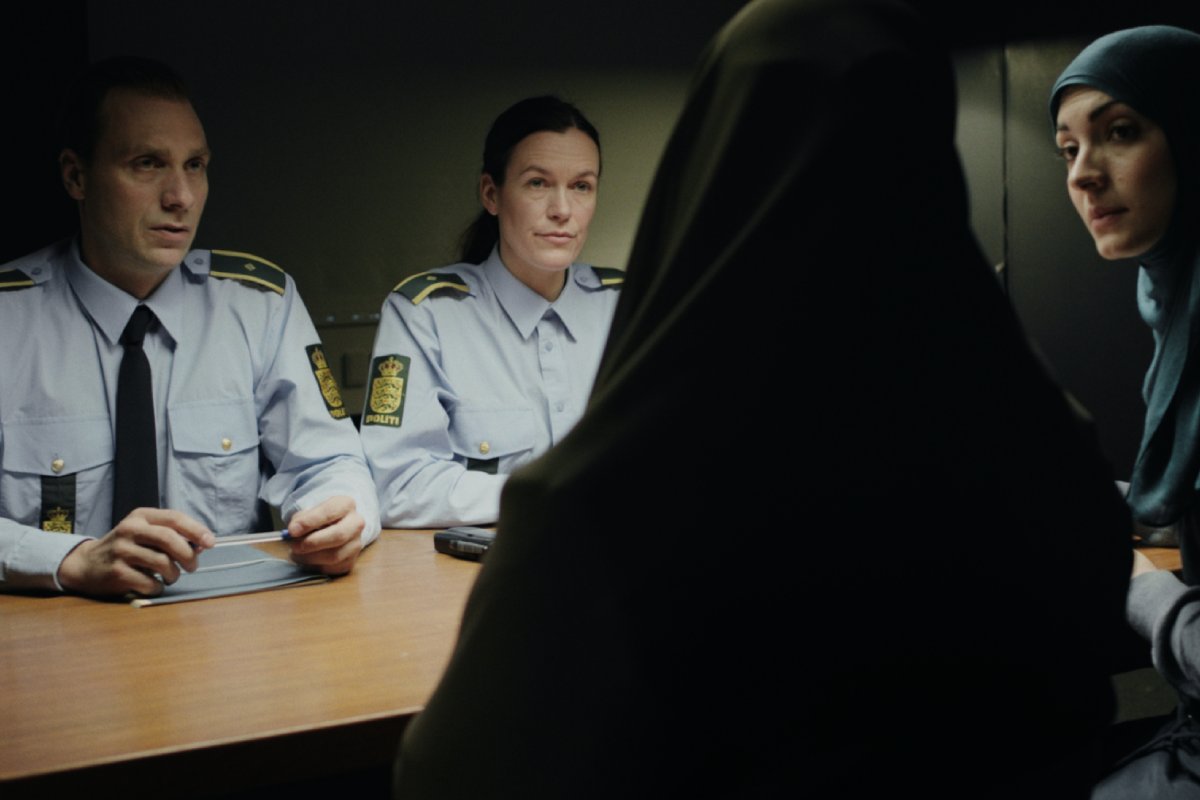
Filmmaker Insight & Production Context
Ramezan and Nyoni drew from real instances where abused women were not translated properly when seeking help, especially in immigrant communities. The story was conceived in the Nordic Factory co‑production framework, which challenged the directors to generate a compelling short narrative under tight limitations of location, schedule, and crew. The structure of multi‑perspective rewinds emerged as a choice to let the audience see how meaning slips in transit.
One major production challenge was directing across language barriers. The directors did not speak all the languages on set. According to their own accounts, the first day was chaotic, but they used that tension as creative fuel. The translators and actors sometimes had to improvise; large gestures and emotional truth took precedence over perfect literal translation.
Casting the mother (Zeinab Rahal) was delicate. Her performance is mostly without visible facial cues (her face is often hidden). She communicates through tone, posture, breath, hesitation — an exercise in restraint and presence. The child actor is similarly cast as part of the empathy gestalt — the son’s voice in parts carries more clarity than the adult interlocutors.
The editing is rigorous. Each iteration of the same scene is a variation, a reveal. The rhythm is incremental. The film does not shock but accumulates tension. The structural repetition deepens meaning. The film has been used in translator and language ethics workshops for precisely how it dramatizes the ethics of interpretation.
Listen enjoyed a strong festival trajectory. It was part of Directors’ Fortnight in Cannes, screened at Tribeca, won the Best Narrative Short at Tribeca, and collected awards at Aspen, Cork, Uppsala, and more.
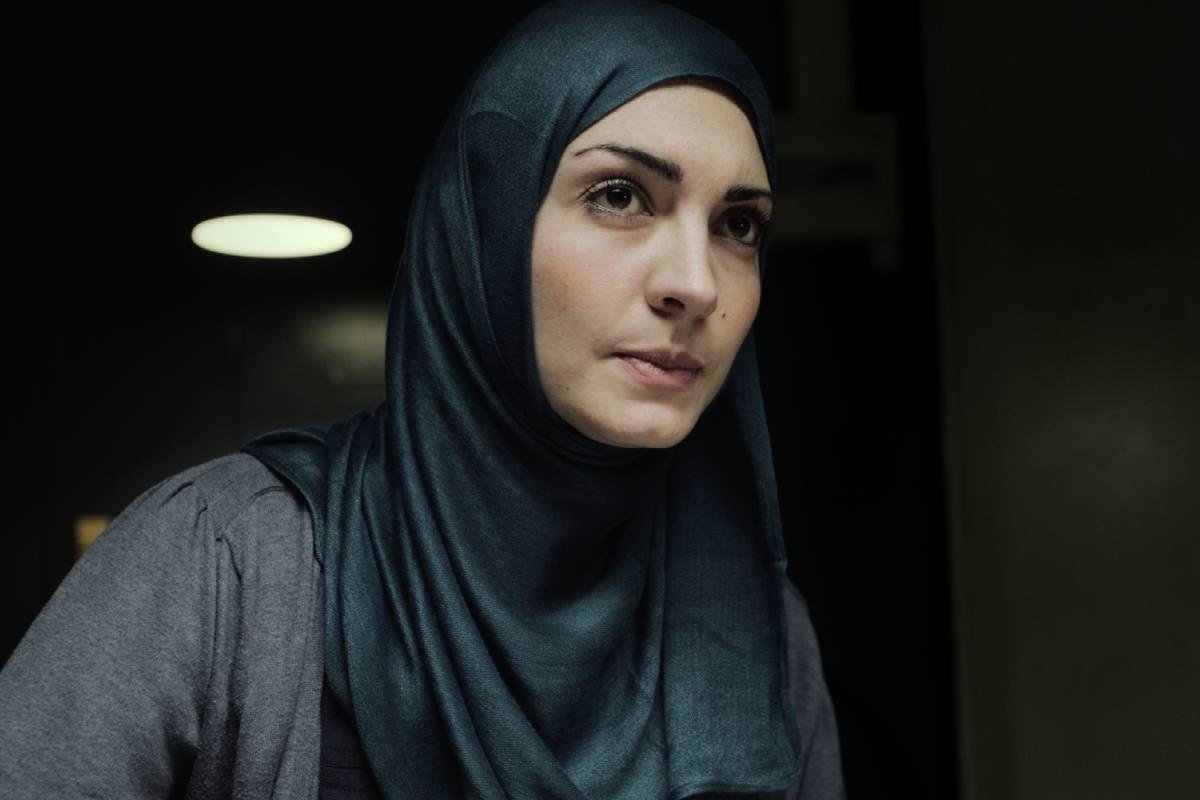
For Filmmakers: Lessons from Listen
Language is not neutral: translation is an act of power.
Repetition can reveal difference: replay the same scene to shift perception.
Constraint invites invention: one room burdens you, but frees you to explore micro‑gesture.
Less face more voice: when the face is hidden, expressivity must shift to voice and motion.
Ambiguous endings linger: don’t feel compelled to resolve when the theme is uncertainty.
Ethics over exposition: don’t over‑explain; let moral complexity emerge from scene.
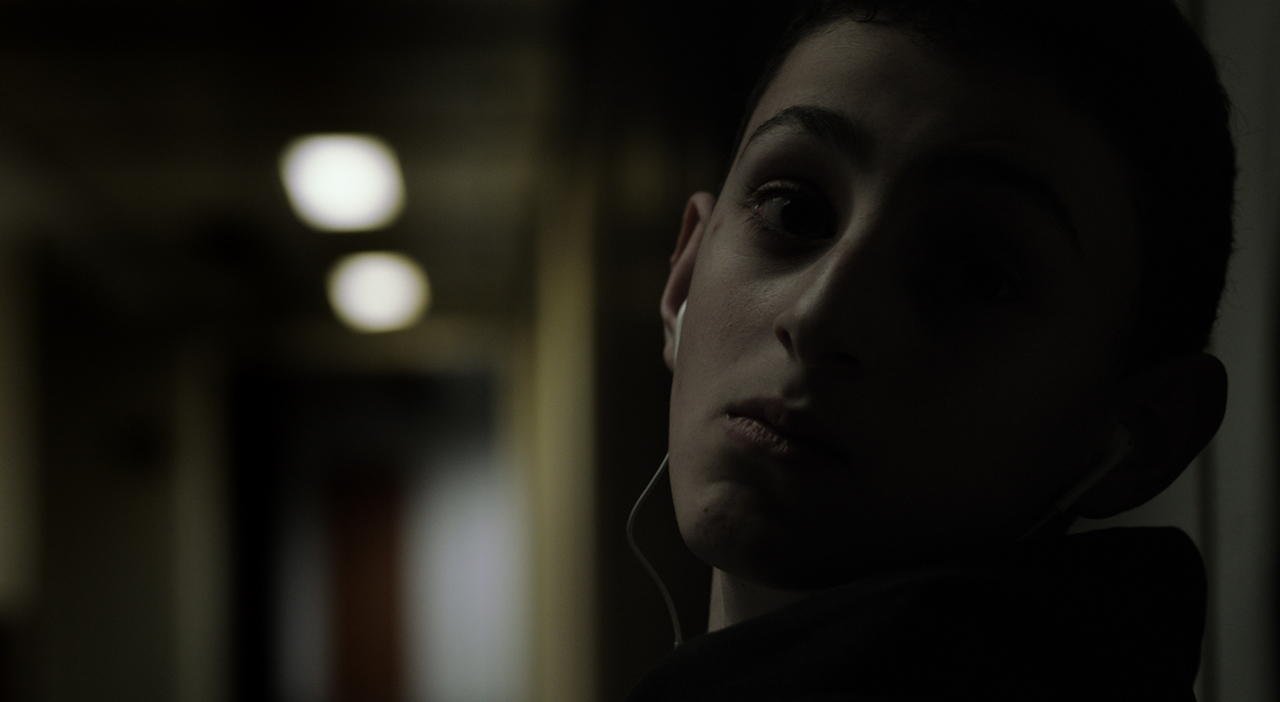
Verdict
Listen does not massage us. It unsettles. It does not give answers. It gives the burden of attention. In thirteen minutes it shows how speech, translation, authority, and silence conspire to unhear someone. It is cinematic pressure, emotional minimalism, but above all a plea: listen better.
⭐ Curated Shorts Pick
Unforgiving empathetic essential

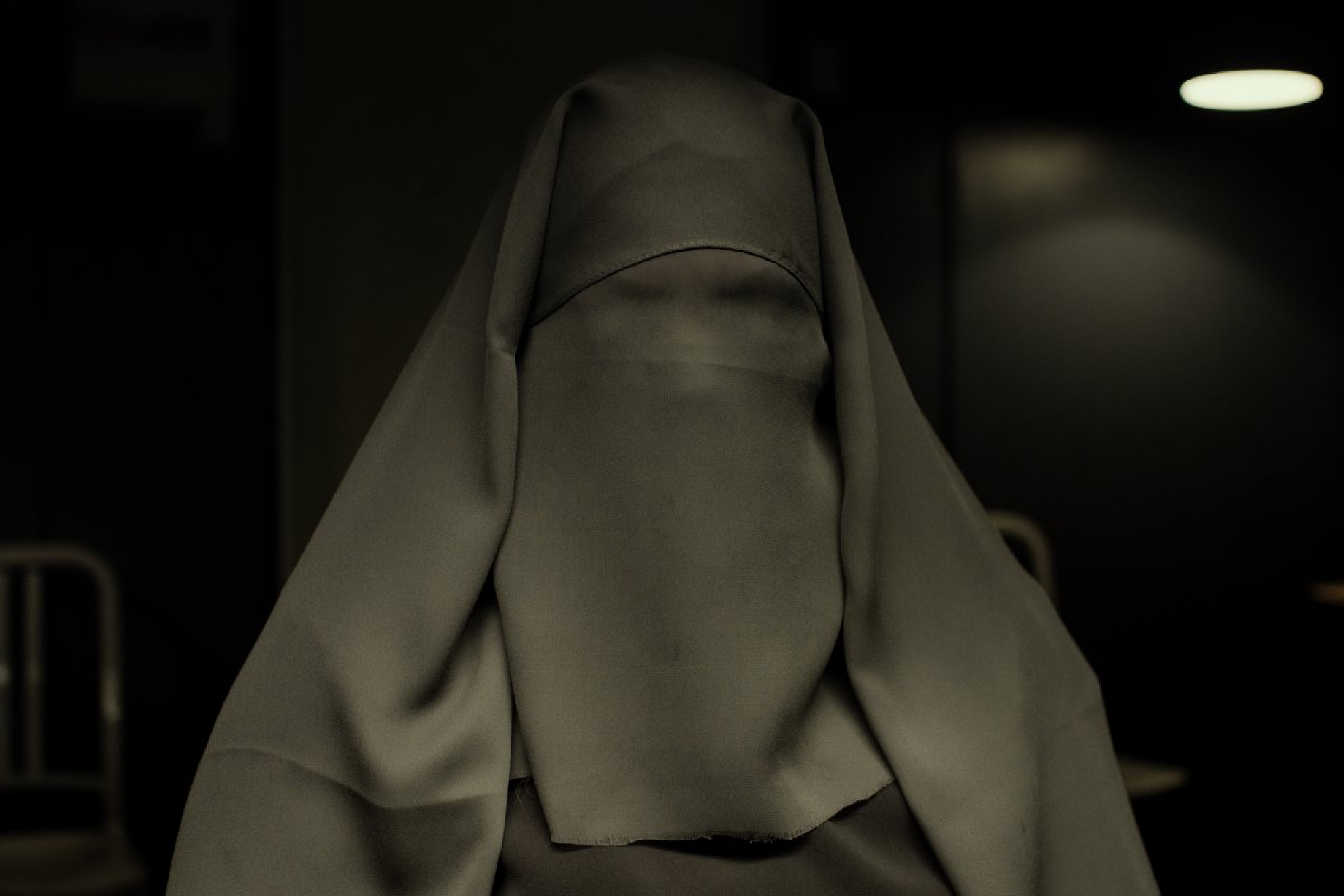


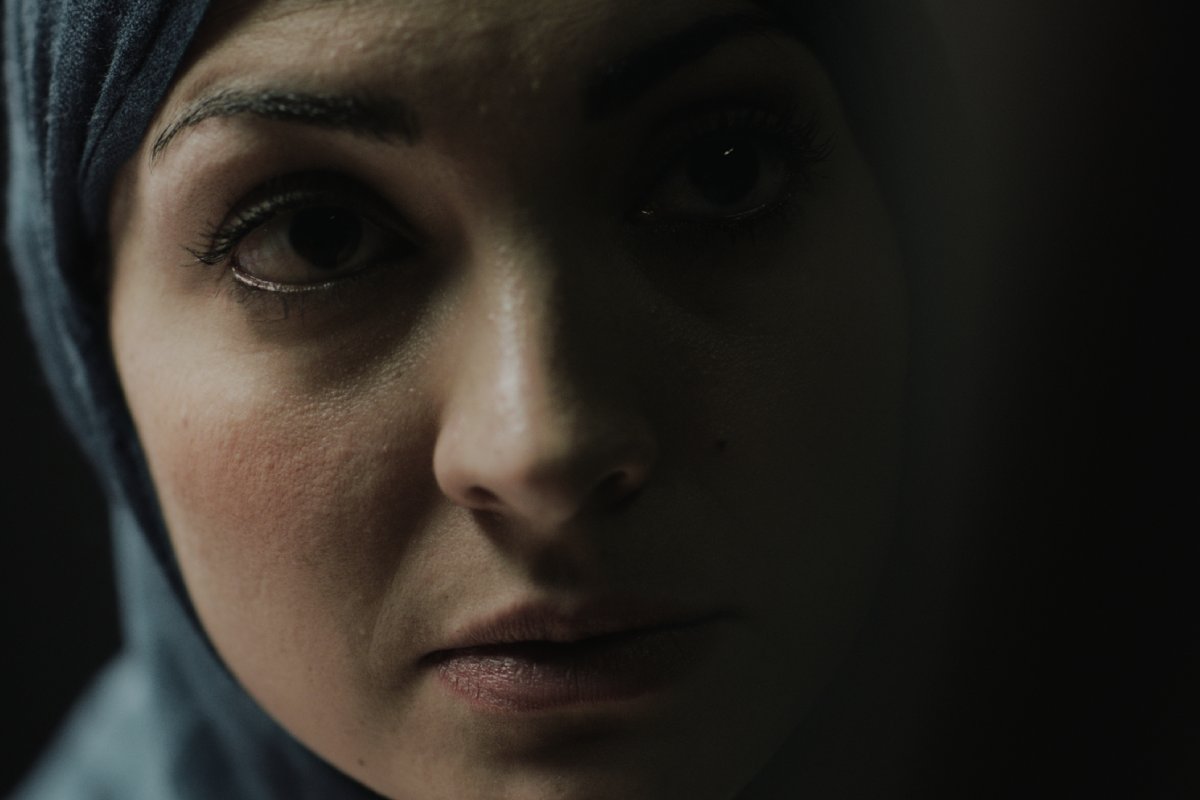
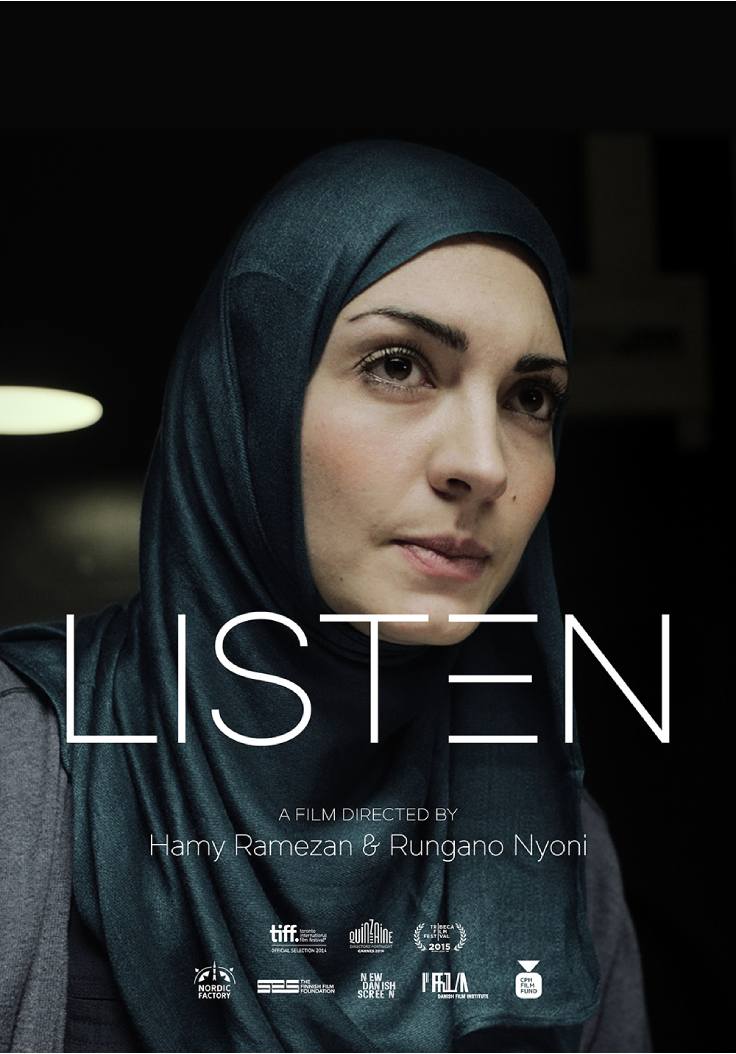

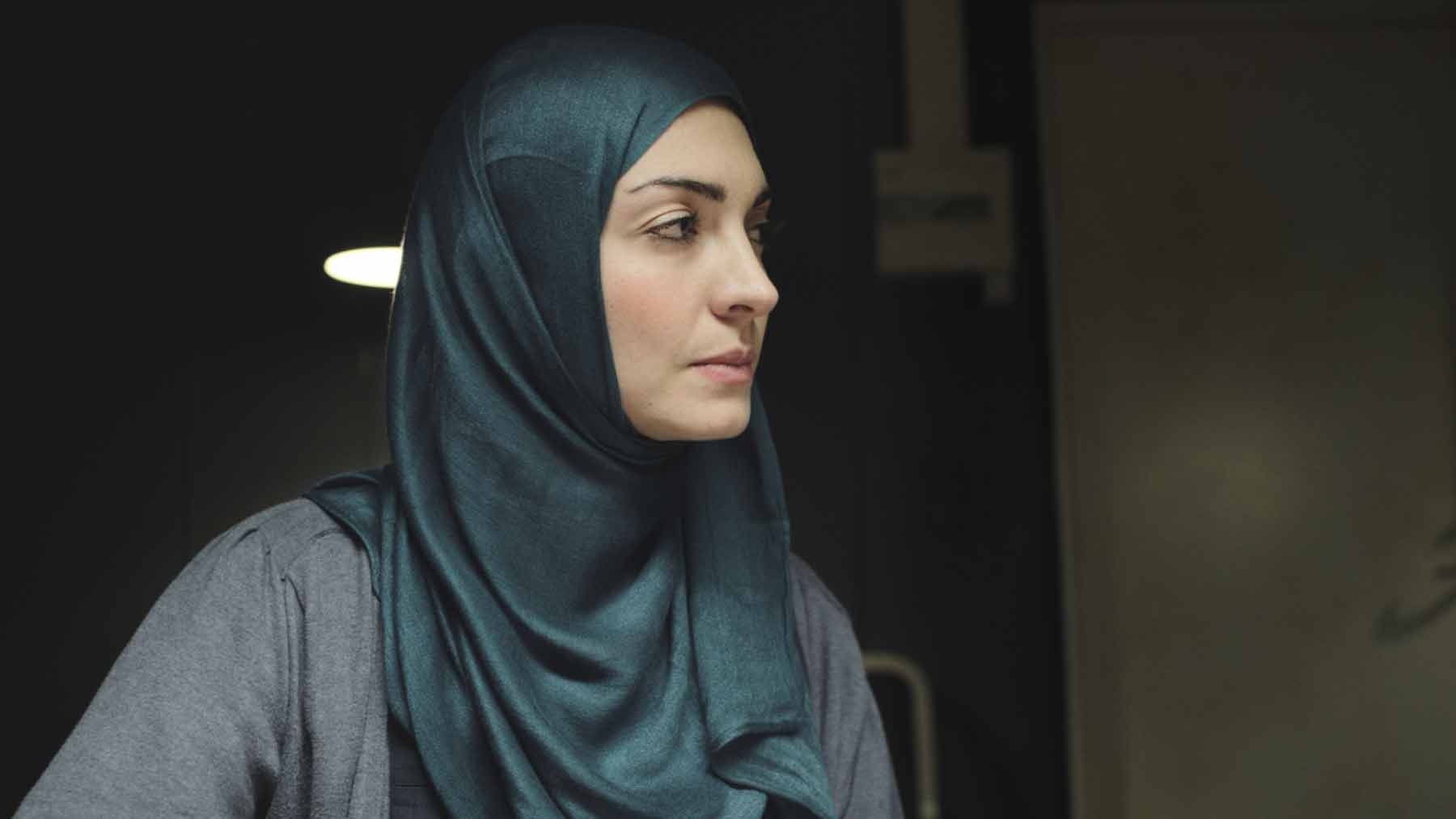
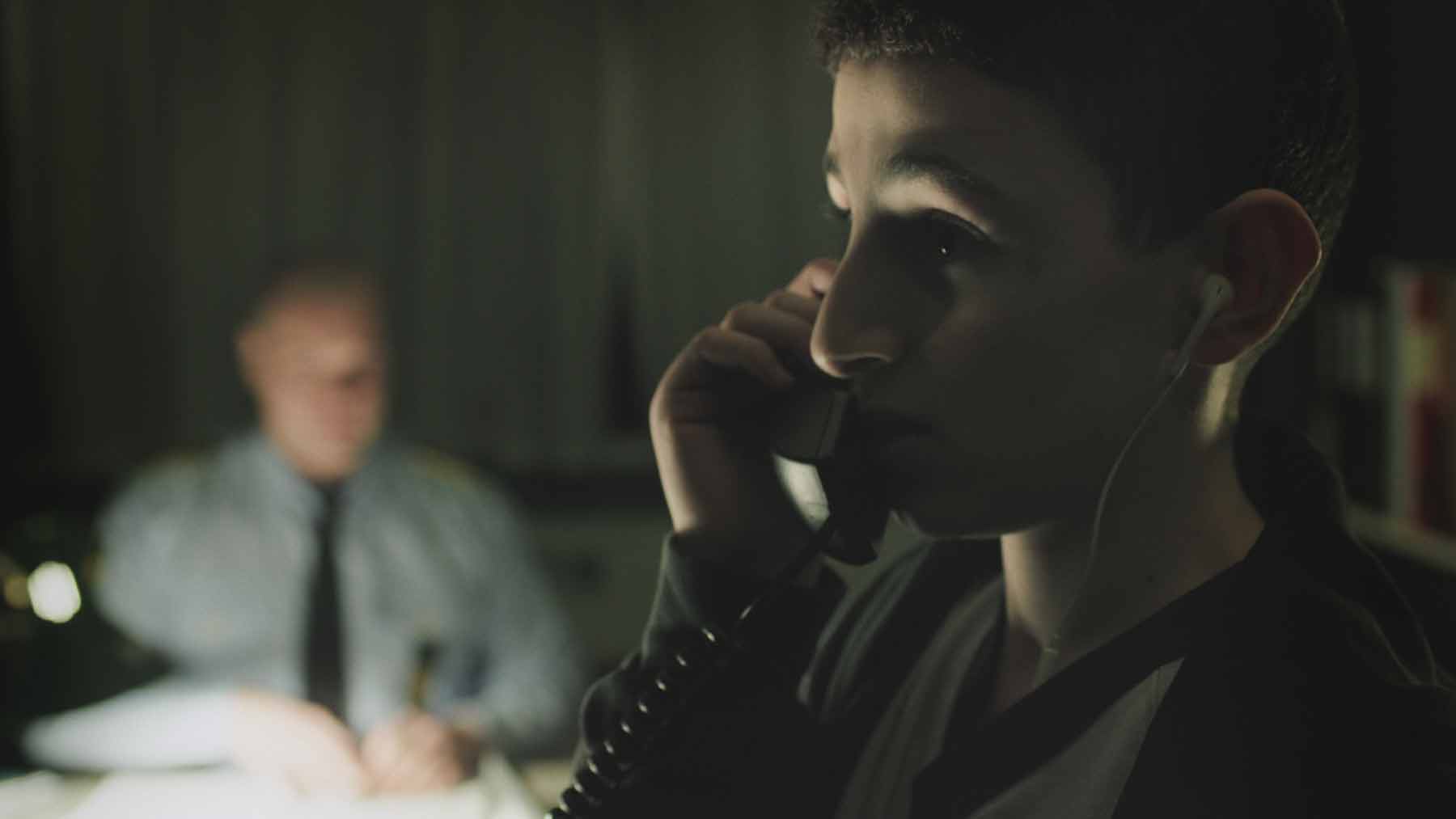
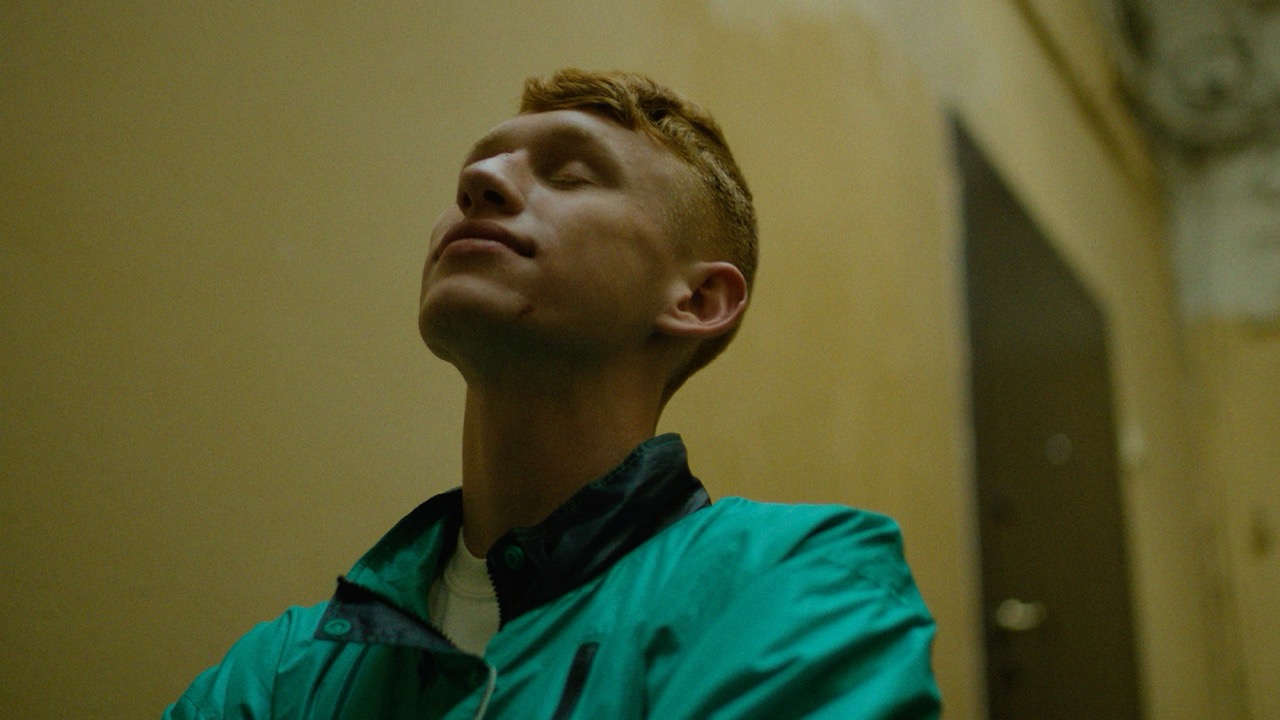

.jpg)
